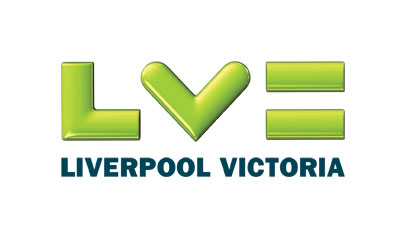Motivational Maps in action.
Case Study: Liverpool Victoria

Business goal
To increase staff self-awareness, improve motivation and performance, and develop better team skills in the Customer Experience Management team. Specific desired outcomes were:
- improved communication and team work
- more people helping and interacting with each other
- increased motivation, understanding of motivation and how to self-motivate
- superior performance individually and as a team
- happier team
Background
With over 5,700 employees working in 17 offices across the UK, LV is the UK's largest friendly society and a leading financial mutual, with more than five million members and customers. Its Customer Service team – and its motivation and performance - is obviously crucial to its reputation and long-term profitability.
Motivational Maps produce real results. I would recommend trying a session if you are serious about making your team as successful as they can be!
Craig McVoy, Liverpool Victoria

Approach
Team members completed a Motivational Map prior to a feedback webinar. Before the webinar, findings were discussed in detail and fine-tuned with the director. Resource materials on Reward Strategies are supplied on a CD-ROM, including all Map results at individual and team level.
The team, including the director, attended a webinar in which the principles of motivation and performance are outlined and their individual maps are, with their consent, commonly presented and discussed. Time was allocated for Q&A. The session was recorded and made available for unlimited future use by the team. Individuals were directed to create their own motivational action plans which were shared within the team, and supported by the director.
Results
The team members learnt a great deal about their own motivational factors during the exercise and this became much more powerful when combining the results as a team to see how they were different. This enabled the team to understand each other in much more depth, see areas where they thought differently or had similar traits, as well as understanding what motivated each individual.
This translated into the workplace with a much more harmonious relationship as a team and a greater understanding of how to pitch ideas as a group. The team are now able to take into account each individuals motivation when looking to gain consensus as to an approval of a team decision, and also look at the challenges from a much broader perspective. This has resulted in more rounded solutions to problems as a group and better working relationships within the team along the way.
As individuals the team members are much more aware of their own motivations and this has helped in setting their personal objectives in line with the team goals. Where they have similar motivations to others, they are able to work together on similar strategies, and where they have a different motivational map to a colleague, they can sense check their work to see if the solutions they are creating are rounded enough to consider all types of profiles. This really helps before launching new initiatives to a large group of staff, as a much greater span of motivations have been considered in the solutions.